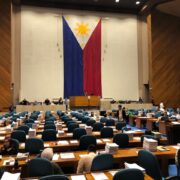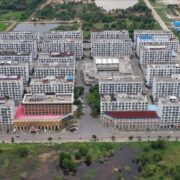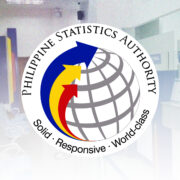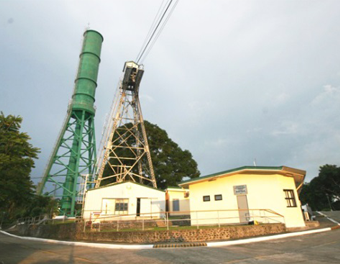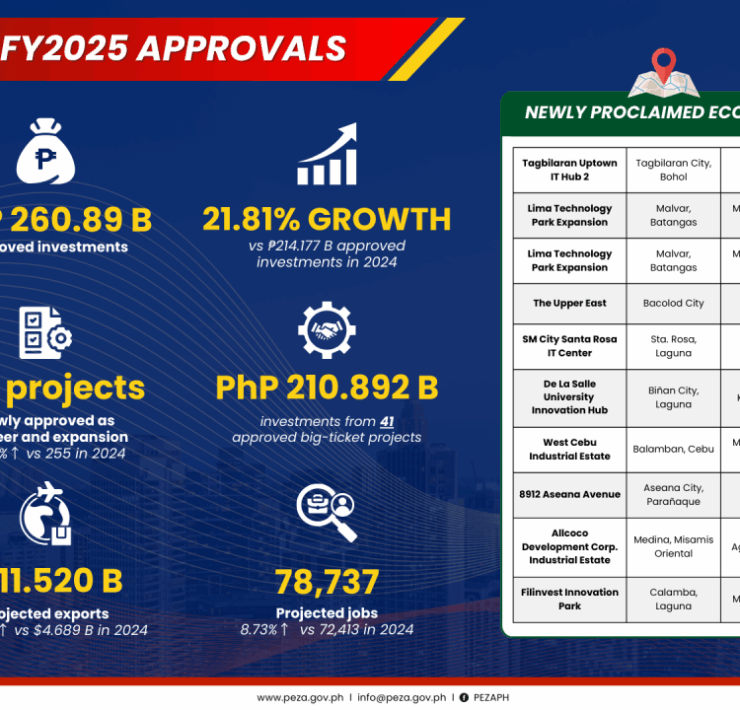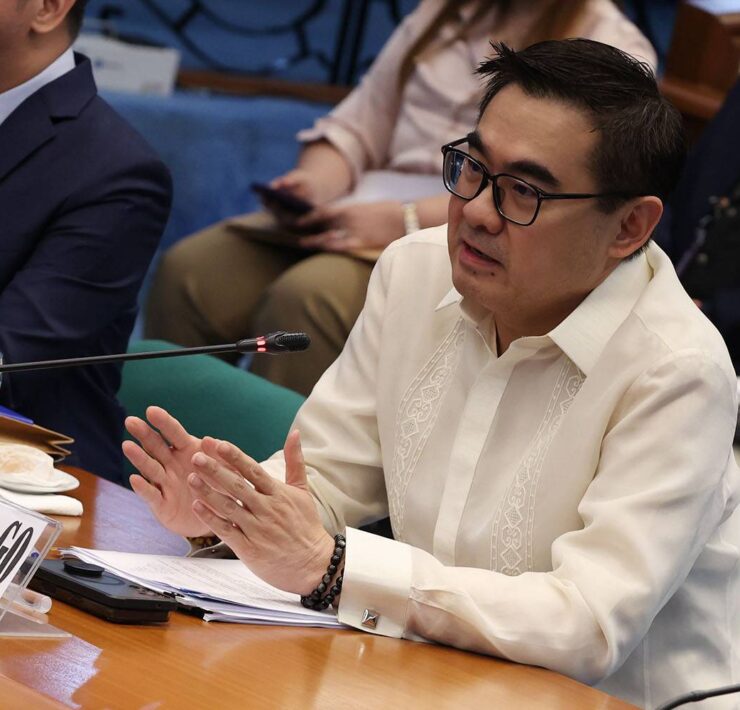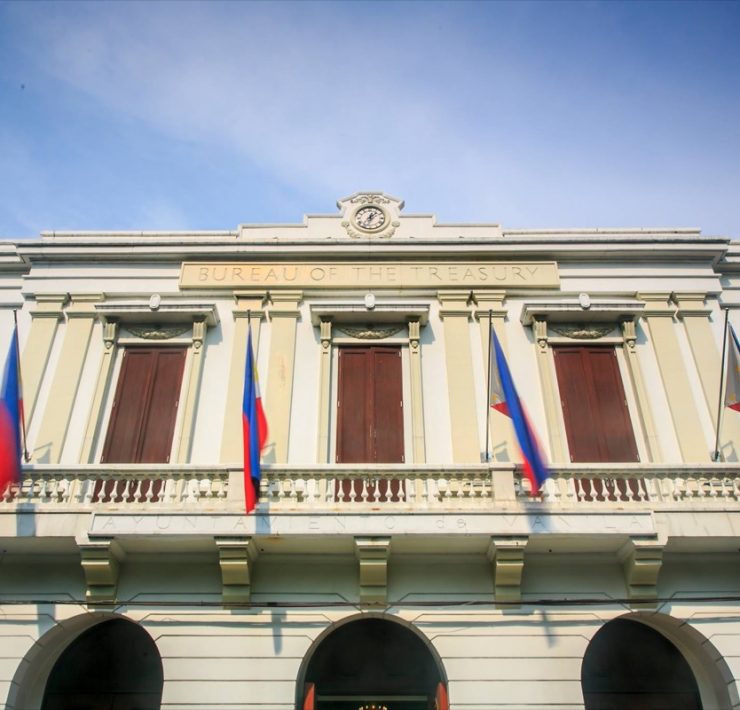PH dollar position back to surplus in June

The Philippines’ balance of payments (BOP) position swung to a surplus in June, snapping three straight months of deficits, driven by inflows from new foreign currency deposits of the government and income from the central bank’s offshore investments.
Latest data from the Bangko Sentral ng Pilipinas (BSP) showed the country recorded $226 million more in dollar inflows than outflows, a turnaround from the $298 million deficit in the preceding month.
The BOP is a summary of the country’s economic dealings with the rest of the world. It helps track whether the country is earning or losing dollars—which can affect the value of the peso, the economy’s stability and the country’s dependence on borrowings.
In a statement, the BSP said the surplus in June stemmed from new foreign currency deposits of the national government with the central bank, as well as gains from the BSP’s investments abroad.
This helped trim the BOP shortfall for the first half to $5.59 billion—slightly below the BSP’s full-year forecast of a $6.3-billion-dollar deficit, which is equivalent to 1.3 percent of gross domestic product. But the year-to-date result was still a sharp reversal from the $1.44-billion surplus recorded in the same period in 2024.
The BSP said the BOP deficit from January to June was due to the country’s persistent merchandise trade deficit. Latest available data as of May showed Filipinos had imported $19.68 billion more goods than they exported in the first five months—though that gap was 5 percent smaller than it was a year ago.
But the central bank said the outflows stemming from the trade imbalance were “partially offset” by sustained net inflows from money sent home by Filipinos overseas, foreign borrowings of the national government and short-term placements of foreign investors in the country’s stock and bond markets.
The BSP said the BOP surplus translated to an increase in the country’s gross international Reserves (GIR), which rose to $106 billion in June from $105.2 billion in May.
The reserves are made up of foreign-denominated securities, foreign exchange and other assets including gold. They are buffer funds that help a country finance its imports and foreign debt obligations, stabilize its currency and provide a cushion against external economic shocks.
The GIR level as of June can cover 7.2 months’ worth of imports of goods and payments of services and primary income. Moreover, it is enough to settle about 3.4 times of the country’s short-term external debt based on residual maturity.
By convention, GIR is viewed to be adequate if it can finance at least three-months’ worth of the country’s imports of goods and payments of services and primary income.
The buffer funds are also considered adequate if they provide at least 100 percent cover for payments of the country’s external liabilities––both public and private––falling due within the immediate 12-month period.




